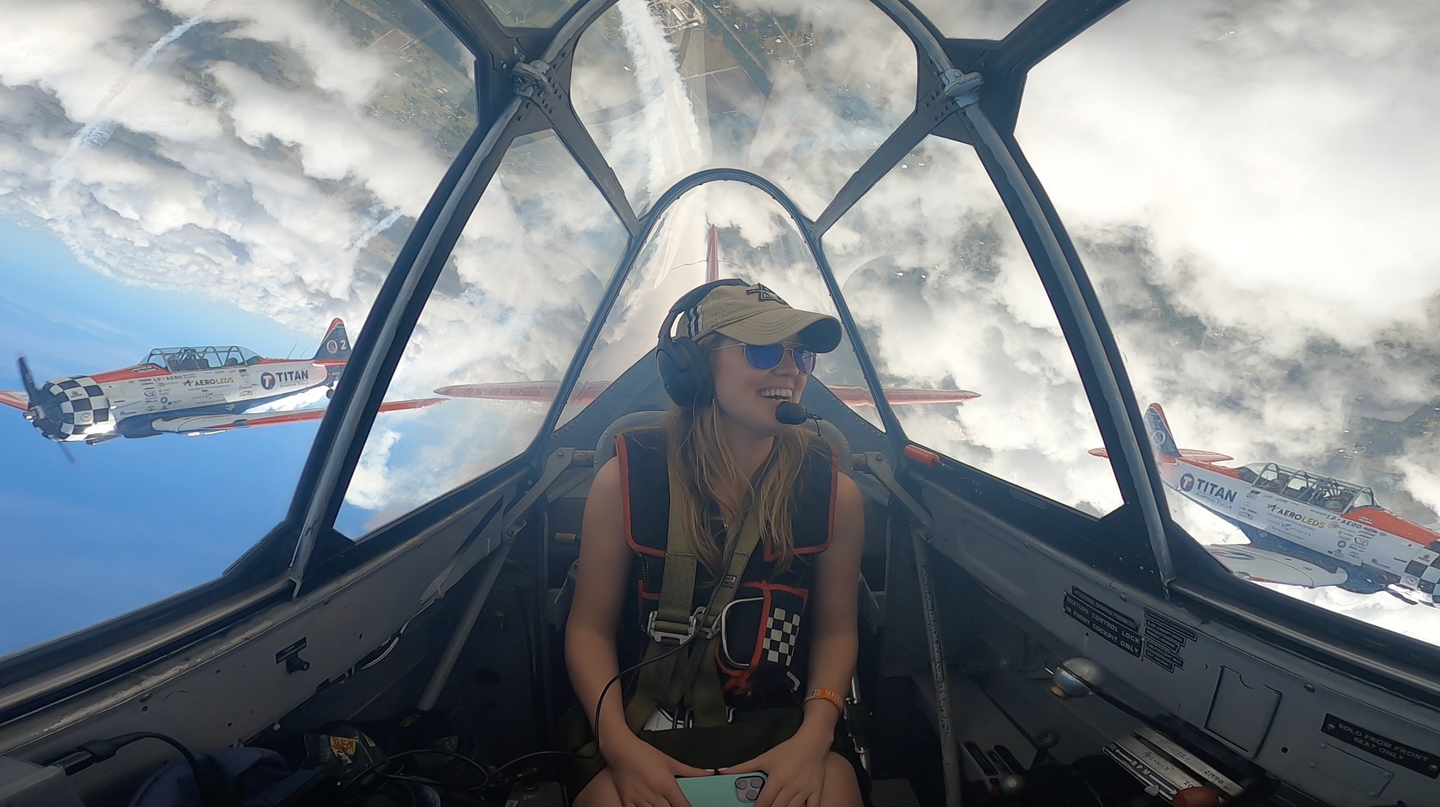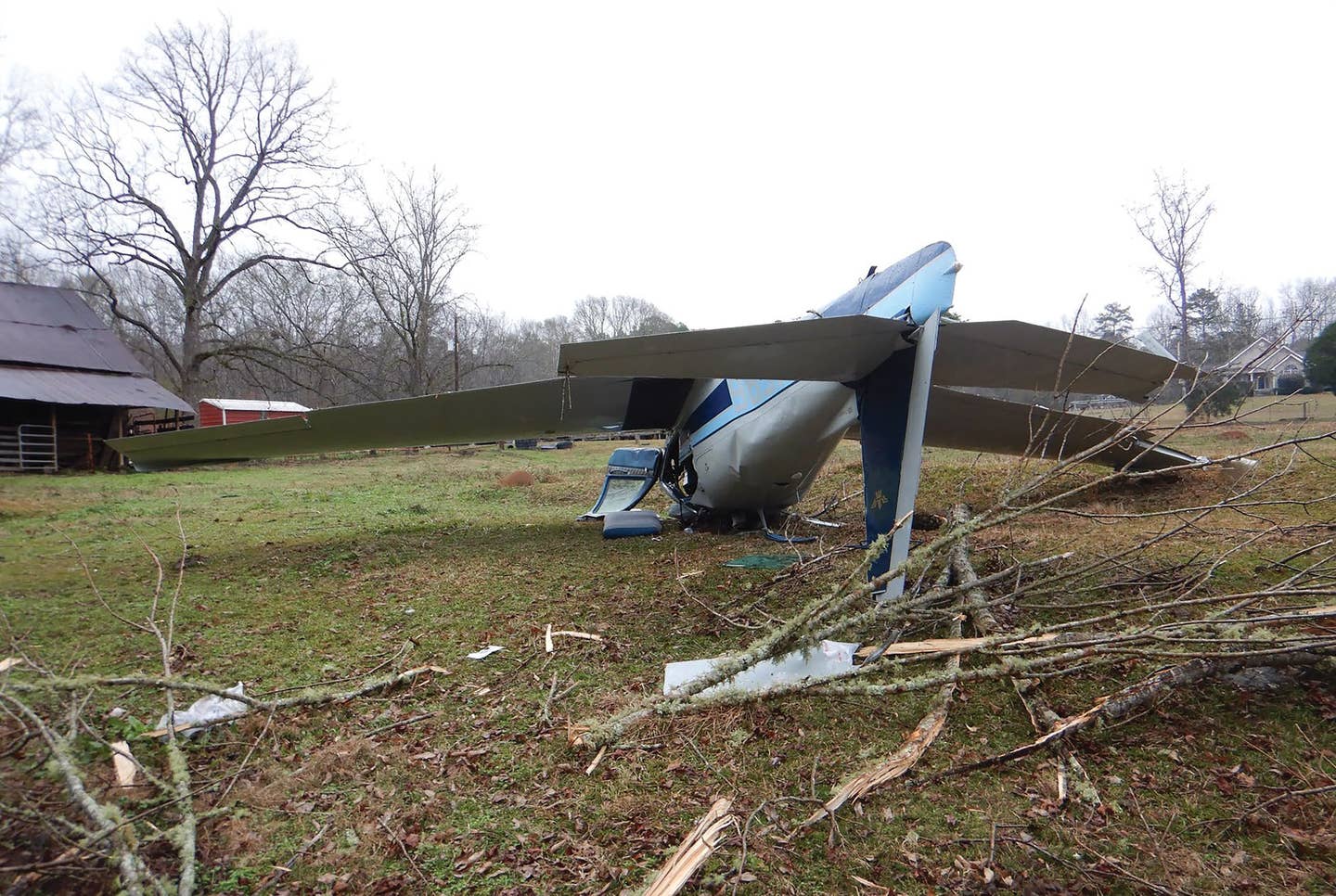How Not to Botch a Forced Landing
Best technique to handle the situation a pilot hopefully never encounters begins with preparation.

[Credit: T. Gorhum/Shutterstock]
Hopefully, you will have a long flying career without ever encountering the sudden loss of your one-and-only powerplant. If not, there are steps you can take that will maximize your chances of success when faced with a forced landing.
First, you need to know your airplane.
Have the best-glide speed committed to memory, usually found at the beginning of the POH’s emergency-procedures section, so you can pitch and trim to establish it, maximizing time in the air as well as glide performance. Study your fuel, alternate air, and ignition systems, so you can quickly run diagnostics that could bring the engine back to life.
Second, continually stay aware of your best options for a safe landing, so you can immediately turn toward a usable location if you feel a hiccup.
An airport is obviously going to be at the top of the list but not if reaching it is doubtful. Better to head for open cropland rather than try to stretch altitude to reach a runway surrounded by miles of houses. A big, spacious field that’s not perfect may be a better choice than a small, smooth pasture with obstructions. Bear in mind you’ll want to land into the wind, if at all possible, to minimize touchdown speed.
Third, practice for an engine-out emergency on a regular basis.
Be familiar with what an idling engine and slow gliding speed sound and feel like, what the clean descent rate is, how much altitude is lost during a 180- or 360-degree turn, and what minimum agl altitude you’ll want to have when you arrive abeam of your landing spot. Learn to stay high, keeping altitude in reserve until flaps or gear must be extended, progressively adding more drag on final.
Much of the forced-landing procedure can be practiced at altitude, setting up a simulated runway elevation and beginning the drill a couple of thousand feet above that number. See how much altitude is required to circle a few times and arrive at or above traffic pattern altitude on a downwind leg. You’ll find it takes less altitude to complete a 360-degree turn if an aggressive bank angle is used, rather than make a lengthy orbit in a shallow bank.
After you become comfortable with your plane’s dead-engine descent, find a quiet airport where you can actually practice to touchdown without interruption.
Stay on the high side of your target altitudes as you maneuver for the landing. You can always S-turn or slip to lose excess height, but you can’t get altitude back with a dead engine. Pick up an extra 5 knots over best-glide speed for the approach in case you encounter sink, and wait to deploy more drag until you’re sure you can make the runway.
Lastly, use proper PIC judgment to avoid a forced landing from ever happening.
The majority of such incidents result from fuel mismanagement, so keep track of your remaining endurance, know your system, and avoid contamination. If the engine isn’t running well on the ground, don’t expect it to clear up in the air. If you have a carburetor, use carb heat appropriately. If you're fuel injected, know how your pumps bring fuel to the cylinders. Don’t skimp on preventive maintenance such as hose replacement, magneto overhauls, or changing ignition harness.
The best forced-landing technique begins with preparation. Hopefully, you’ll never have to use it.

Subscribe to Our Newsletter
Get the latest Plane & Pilot Magazine stories delivered directly to your inbox






